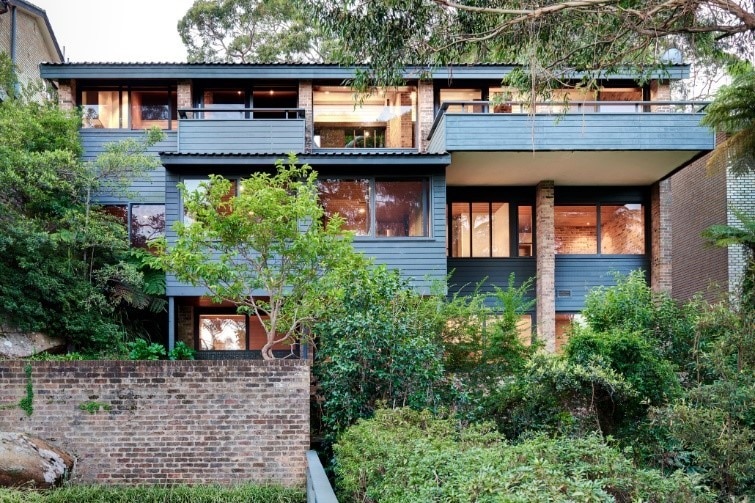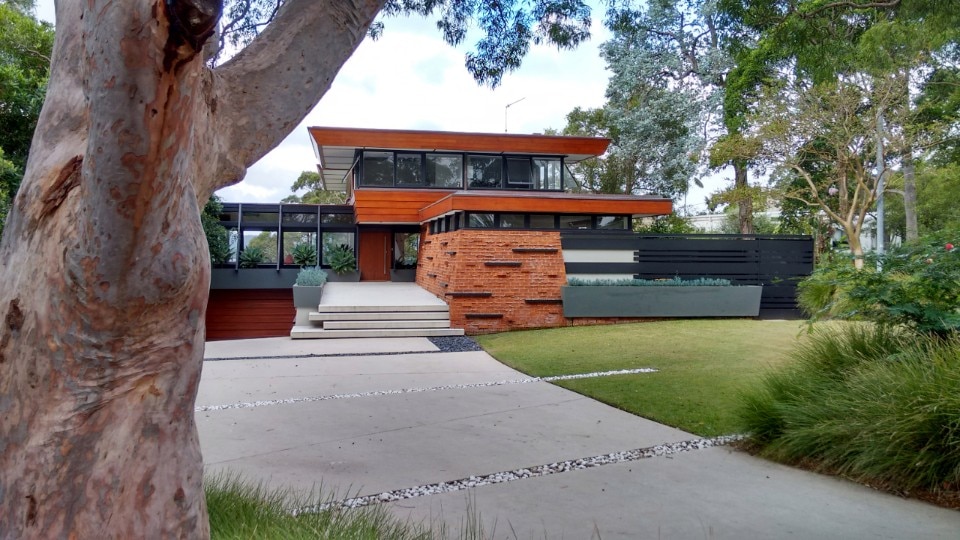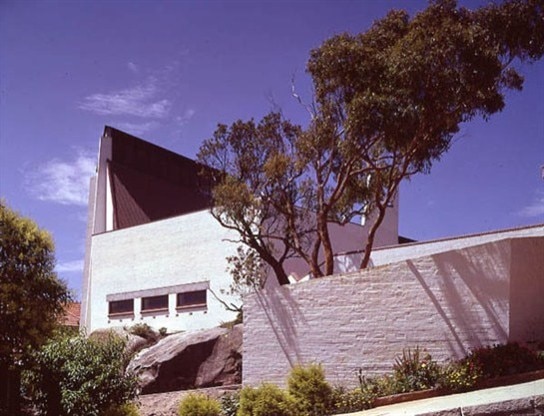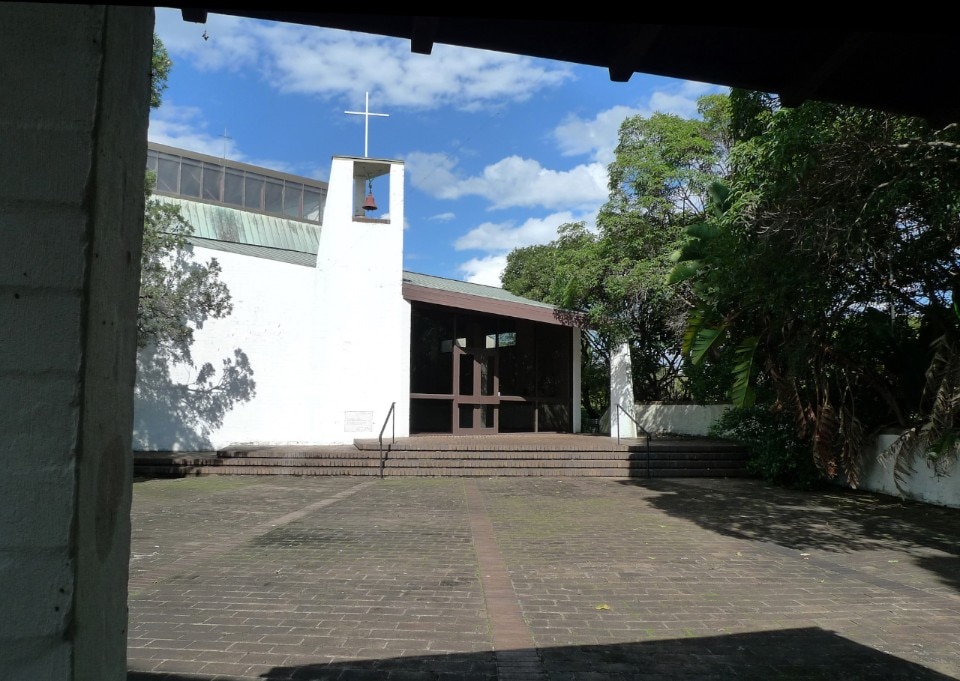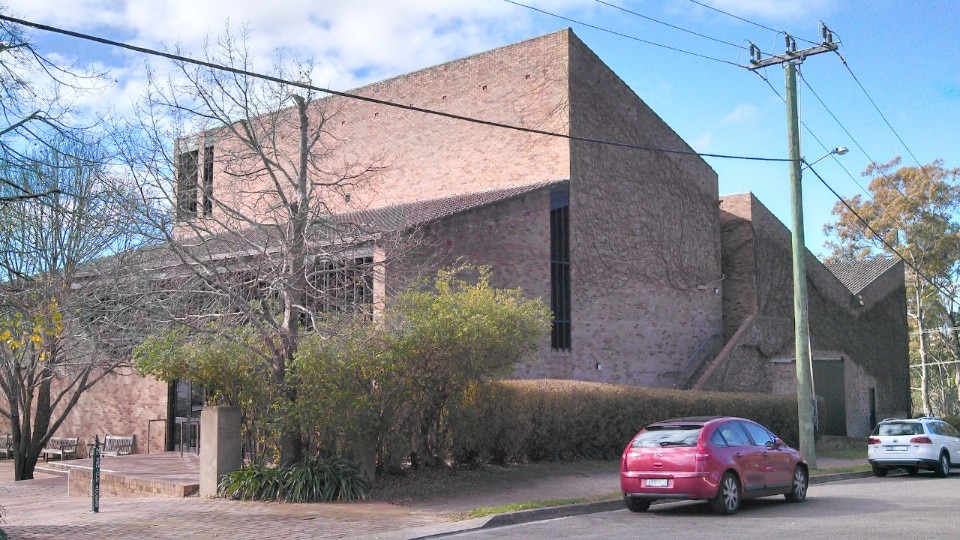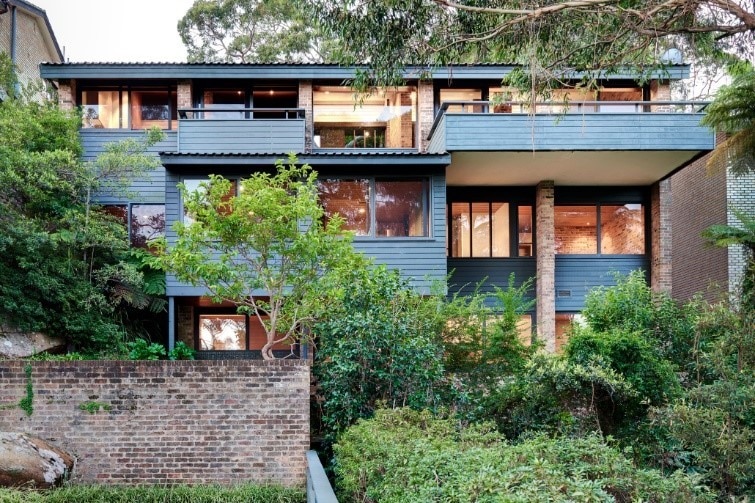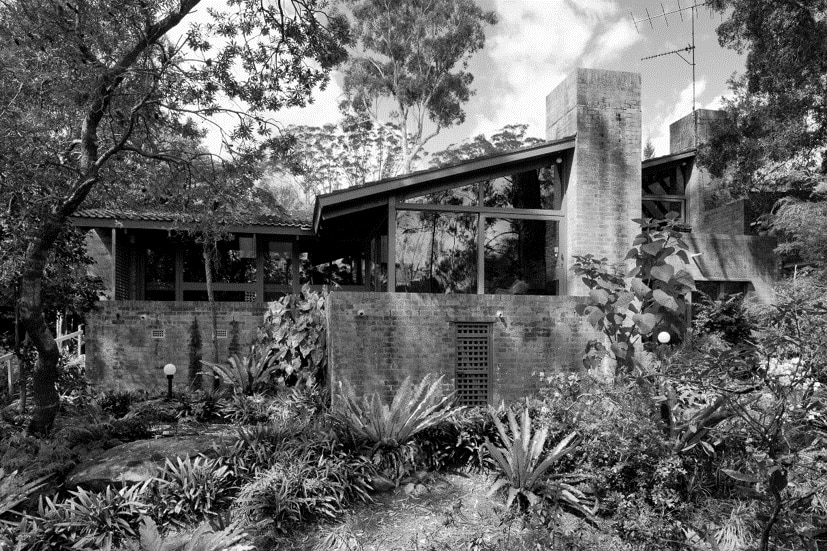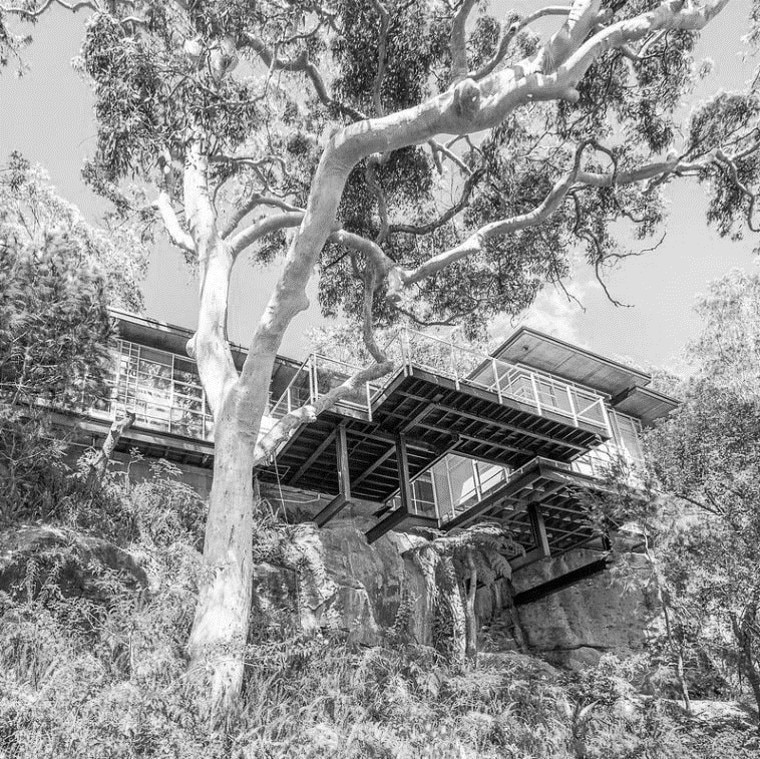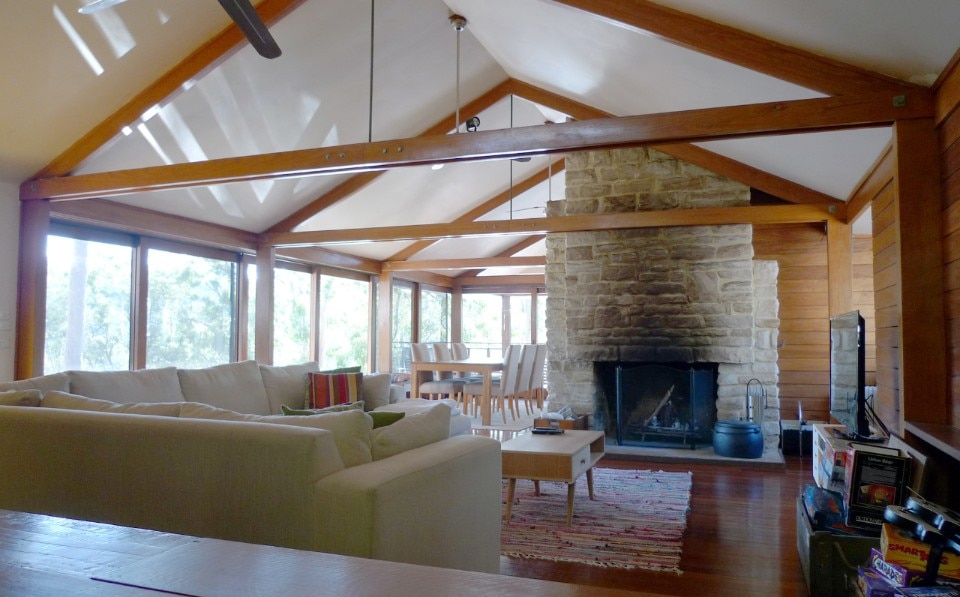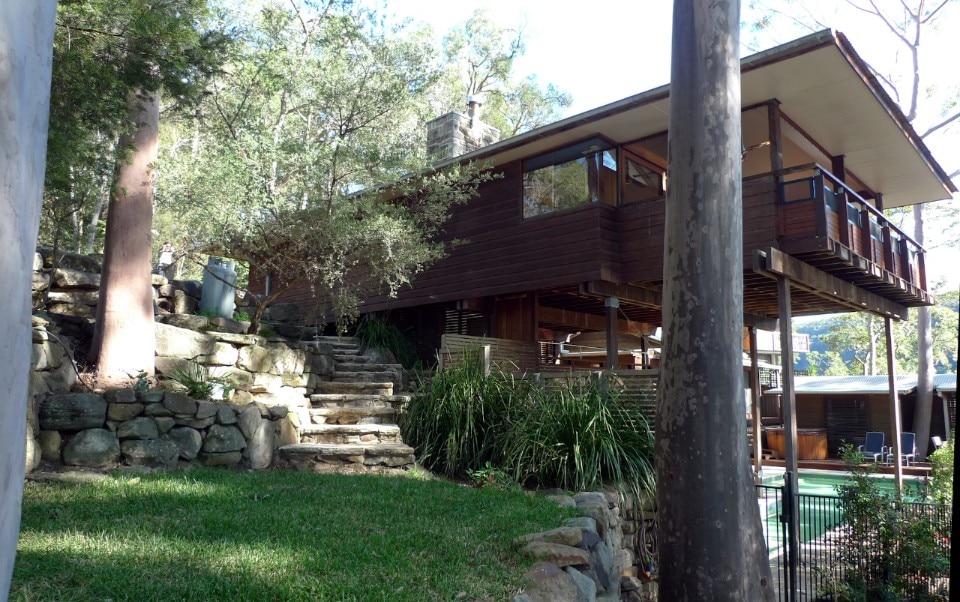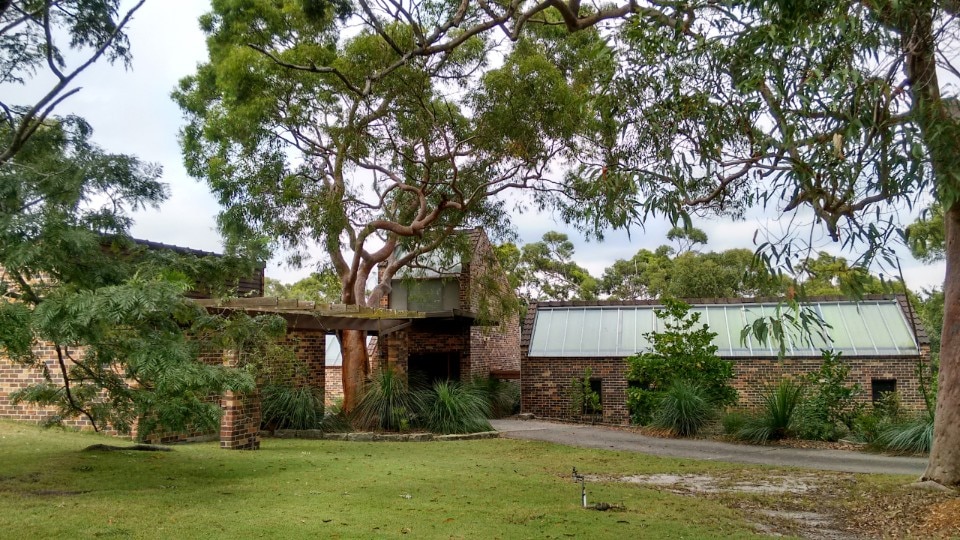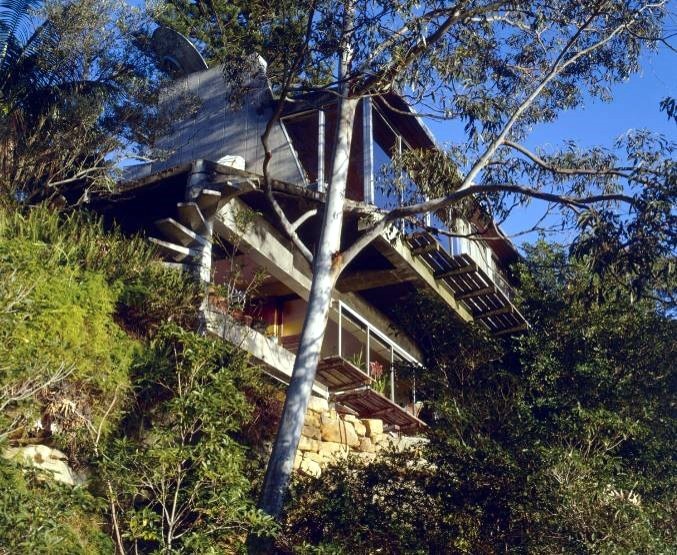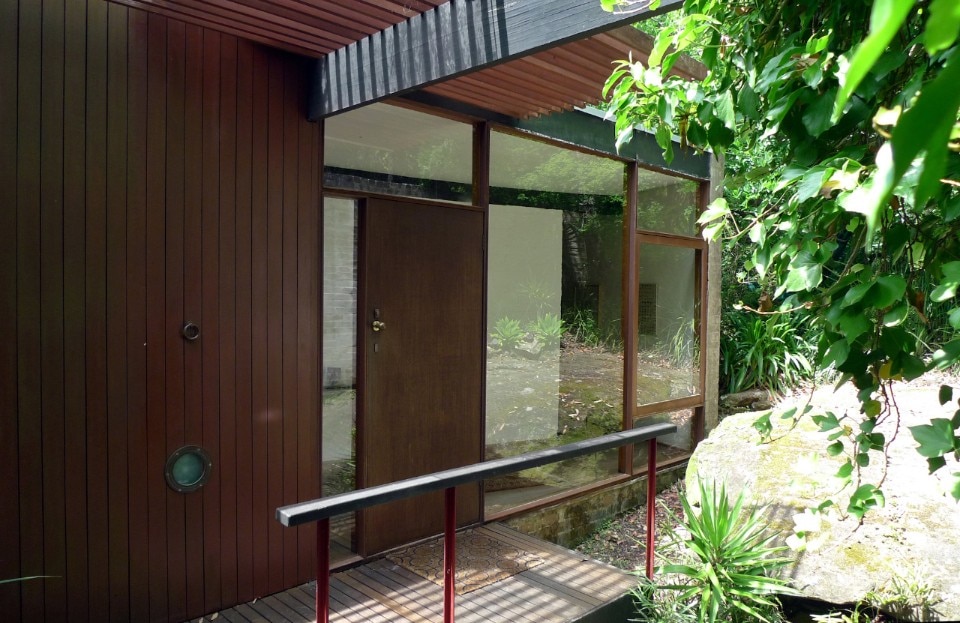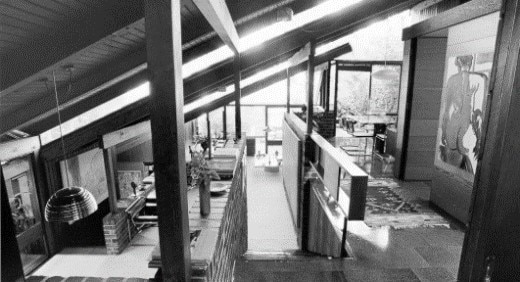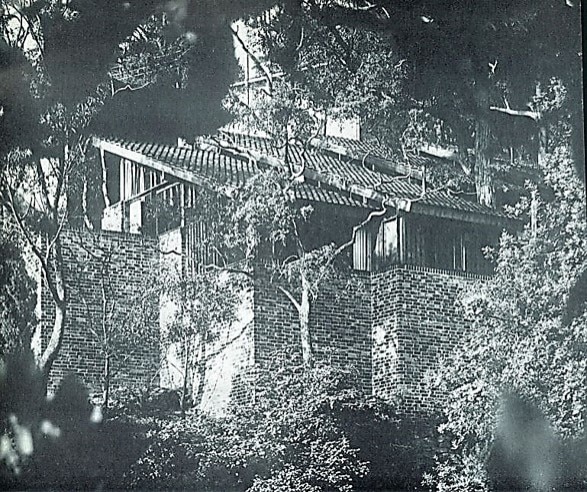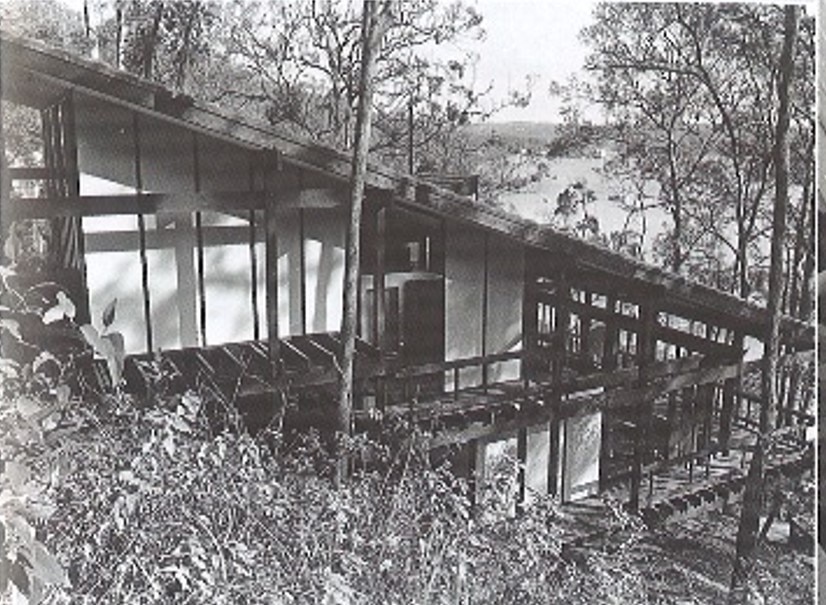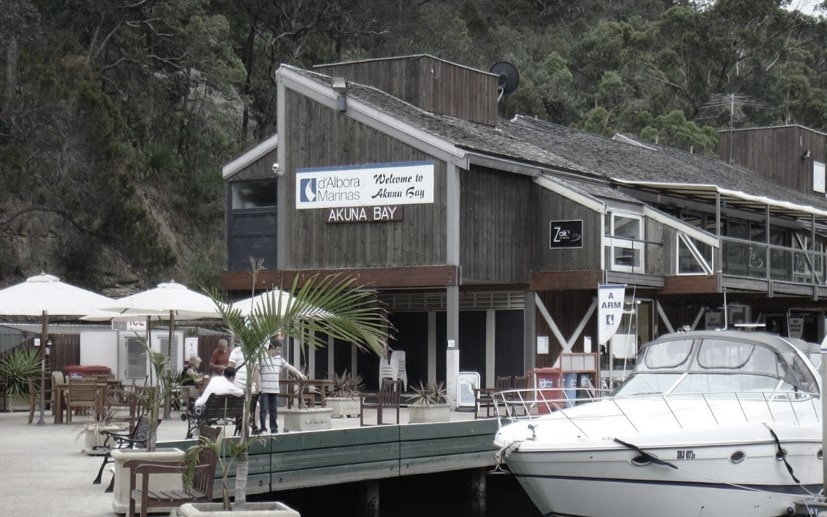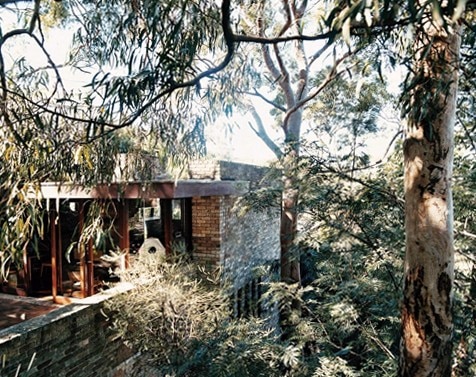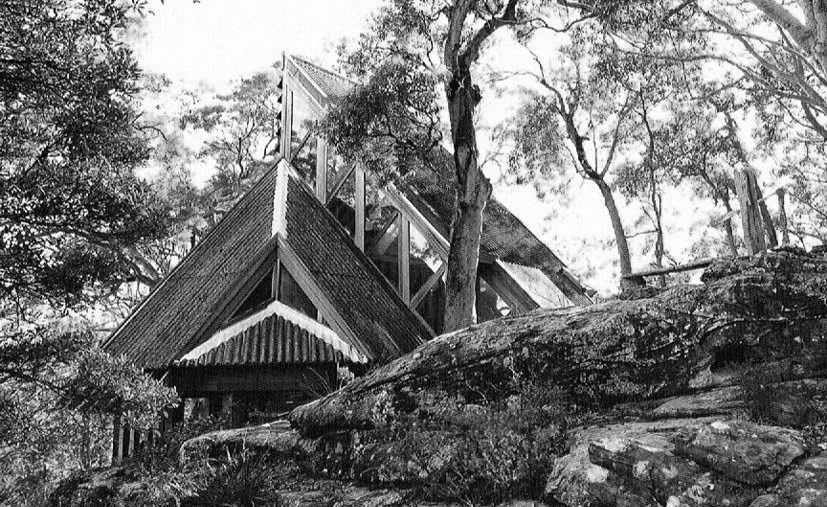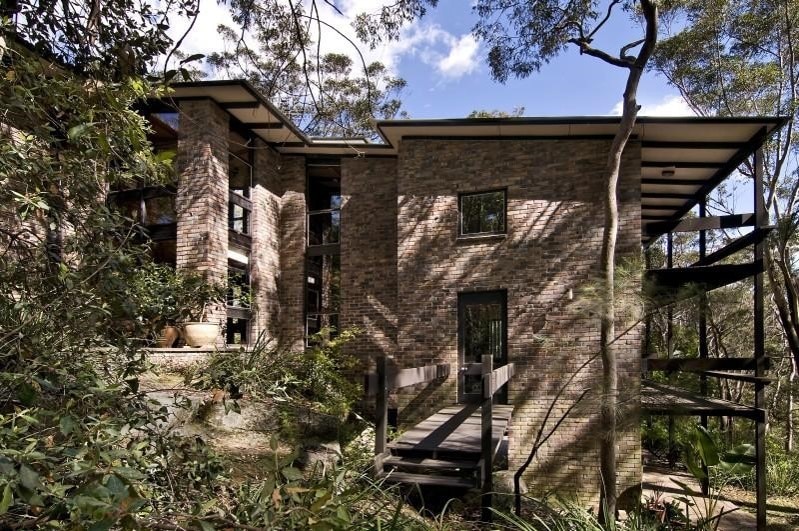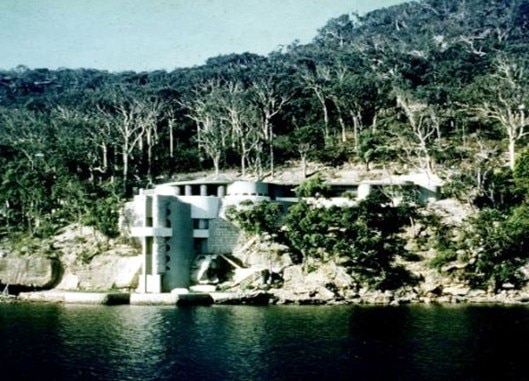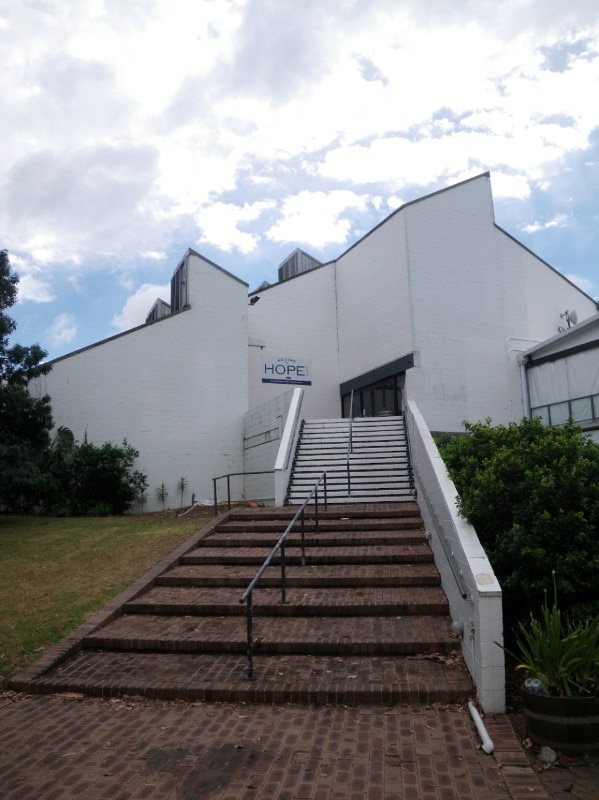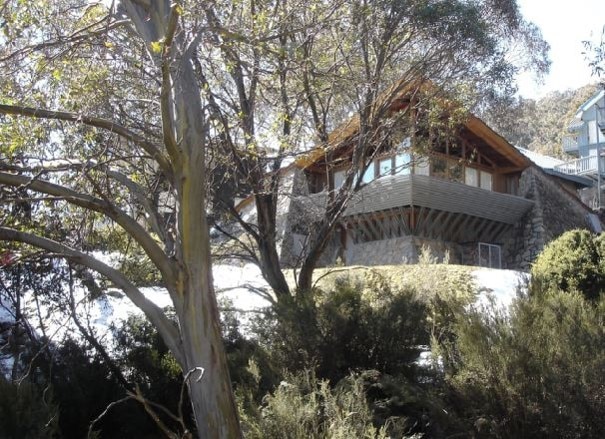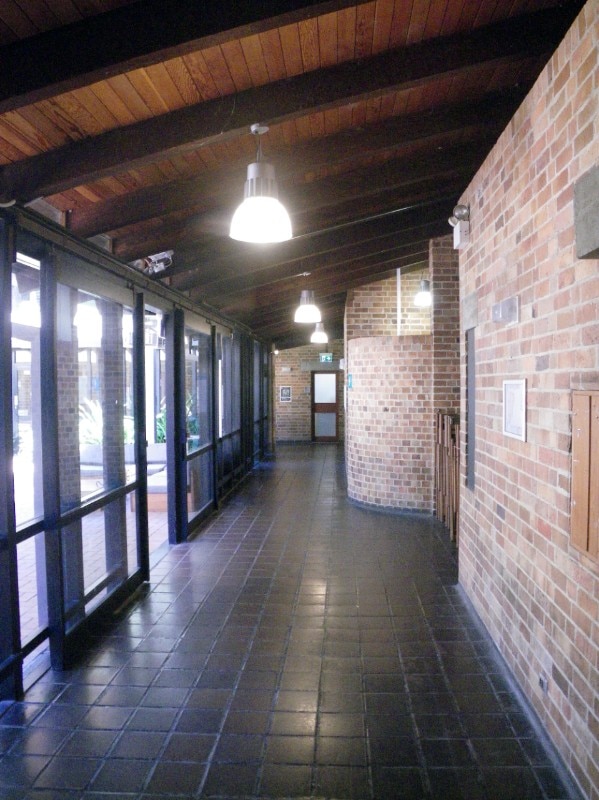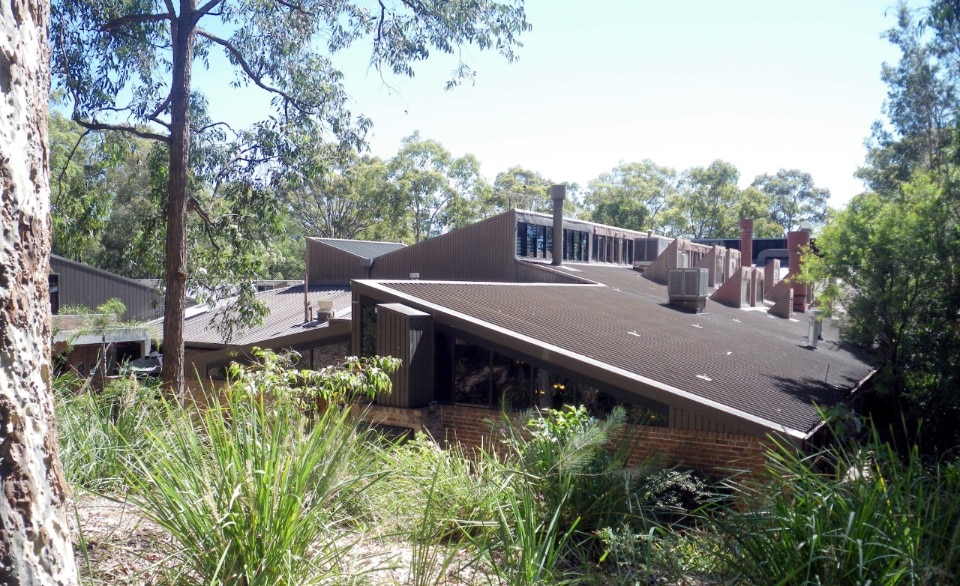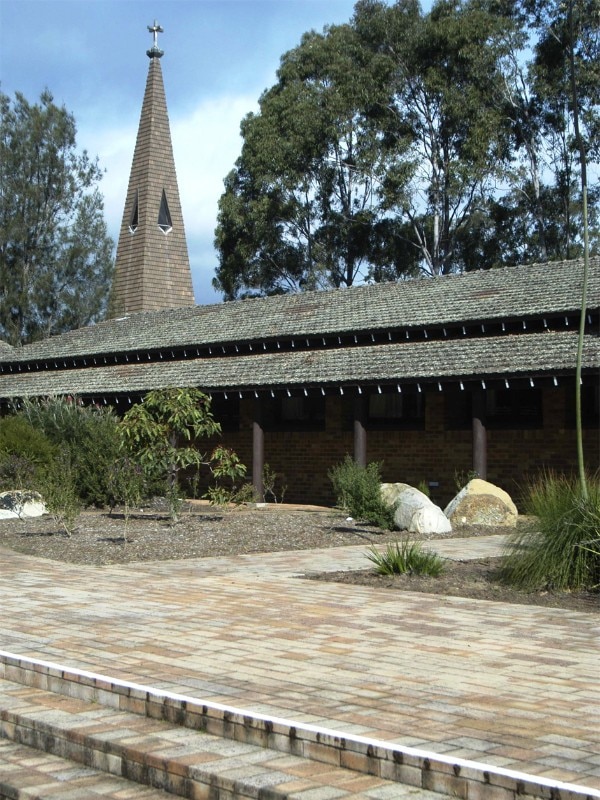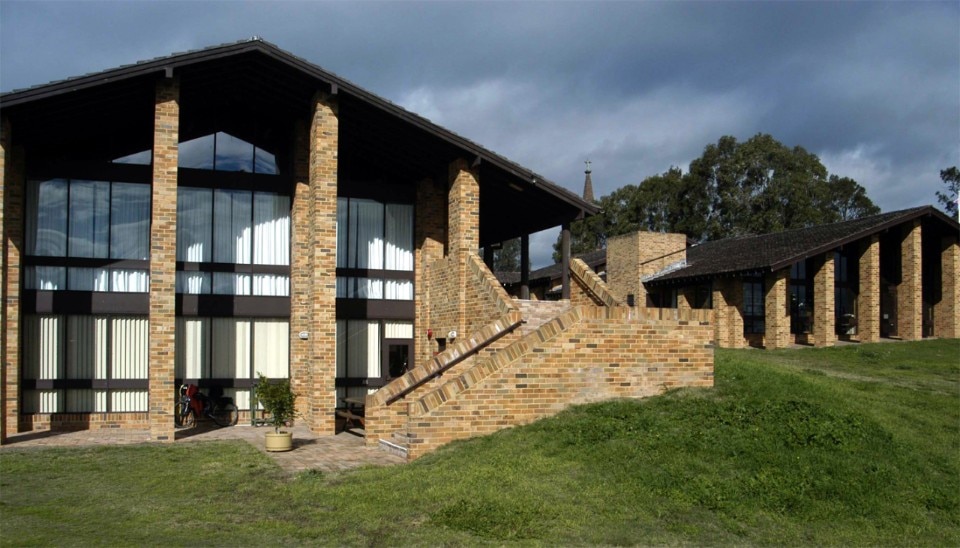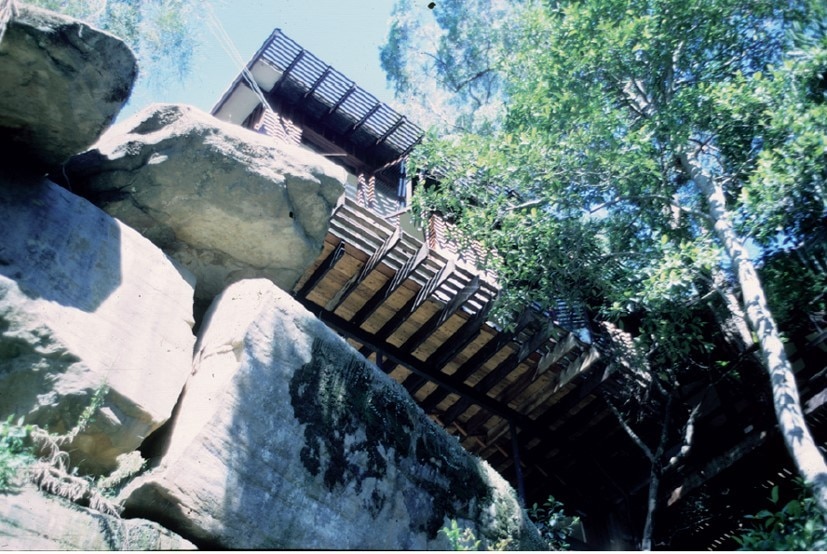In the history of modern Australian architecture, the period from the 1950s to the 1980s saw the emergence of the phenomenon referred to as the “Sydney School”.
The name reflects the understanding that a certain set of buildings and architects, mainly confined to the Sydney region, displayed distinctive design choices that were driven by the natural environment and employed simple, ‘minimally processed’, low-cost materials. While there continues to be discussion of the Sydney School in Australian architectural scholarship and the professional press, there have been few attempts to comprehensively survey and consistently identify the scope of this school as an architectural movement.
The Sydney School is commonly understood to be an architectural movement developed in the bushland area that reached from the north of Port Jackson up to the inlet of Pittwater in Sydney.
Beginning in the late 1950s, the attitude developed by the Sydney School architecture was mostly held by a small number of non-conformist architects intent on expressing their new compositional values, often initially in designs for their own homes, in this difficult, hilly and yet richly vegetated and captivating terrain. This natural environment is often seen to have encouraged them to make radical and innovative design choices. The difference of this new School rested on the fact that it began to be seen as introducing a clearer distinction and break away from European precedents.
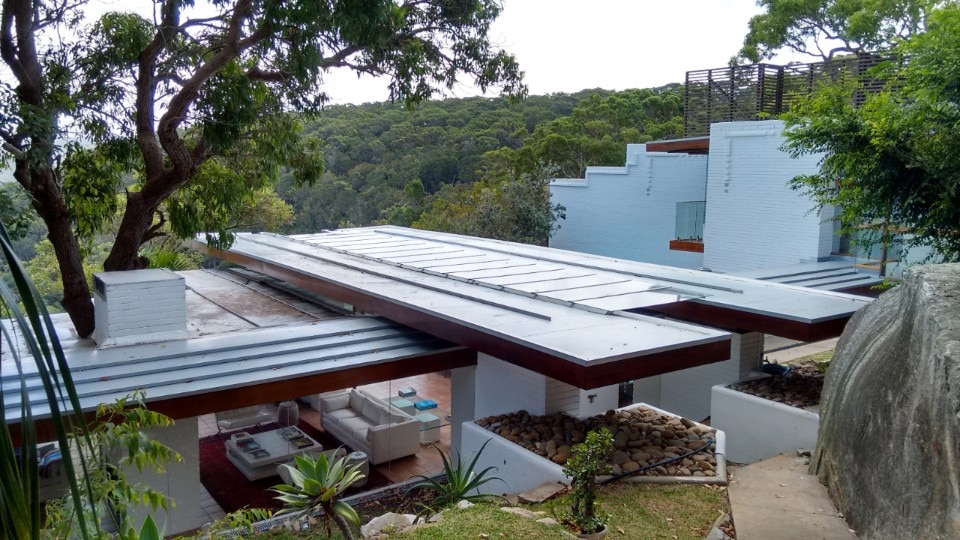
The process of reading and analysing the Sydney terrain made the architects’ design choices appear quite distinctive. These included a new way of embracing the sites with their buildings and of involving the severe, but beautiful, natural setting through elements such as large windows, spacious terraces, differentiated internal and external walking levels, and even the penetration of nature into the architecture. Often simple materials such as recycled bricks, simply-treated local wood and the beautiful regional sandstone were used, even as structural architectural elements; these were rarely finished and processed but were often incorporated as found.
The name reflects the understanding that a certain set of buildings and architects, mainly confined to the Sydney region, displayed distinctive design choices that were driven by the natural environment and employed simple, low-cost materials.
Architects whose names were connected (largely through Taylor’s work) with the Sydney School — Bill Lucas, Bruce Rickard, Ian McKay, Peter Muller, Russell Jack, Tony Moore, Neville Gruzman, Peter Johnson, Ken Woolley, Bryce Mortlock, Michael Dysart and John James — in those days formed what could be described as a sort of romantic renaissance (sometimes in fact referred to as Port Jackson Romantics) in an economically and socially prosperous Australia.
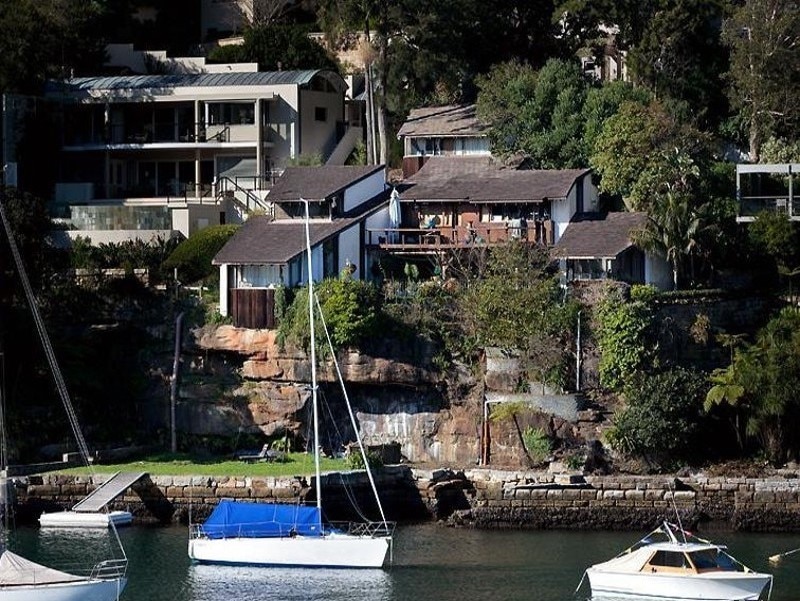
As several authors have noted, the fundamental creative and inspirational motive of this group of architects from Sydney represented a reaction against the International Style. At this time, two important alternative architectural sources emerged — the Californian bungalow and, more specifically, the work of Frank Lloyd Wright. The literature suggests that in those years Australia was still heavily dominated by British culture. Some young maverick architects sought to break away and create something new, something that was specifically Australian and which was not based on architectural standards that had been developed in the radically different social, cultural and climatic conditions of continental Europe. These young early Sydney School architects believed that models other than those of the International Style were needed — models that were adaptable to the Australian context.
Bruce Rickard founded the firm of Bruce Rickard and Associates in 1959. Outstanding among his early houses were two for his own family, the first at Warrawee in 1959 and the second at Wahroonga in 1961 (two suburbs of Sydney). Rickard not only introduced the mellow colours and low, protective lines of Wright’s houses into Australian bushland settings, but he had an uncanny sense of the spatial qualities of this work. His houses have a strong, three dimensional quality. In both the horizontal and vertical dimensions space is handled in a fluid manner. Ceiling heights are appropriately proportioned and varied in transition zones, such as mezzanine balconies that serve to separate the main spaces and at the same time unite them.
The Sydney School is part of that universe of sporadic episodes that in the Modern Movement context, and with different influences but similar visions that we would call sustainable today, flourished in some parts of the western world.
It is evident from a number of literary sources and interviews that some of these architects began to absorb, through trips or working abroad, the influence of the innovative Brutalist architecture of Alison and Peter Smithson from England. The Smithsons had famously designed the school in Hunstanton using modern principles but deliberately failing to ensure the same degree of refinement of the material finish found in the work of Mies and others. Instead they proposed solid, expressive volumes. This lexicon and conceptualisation also arrived in Australia as a revelation. It led to an attempt to build with simple criteria, using materials such as recycled bricks, bare structural carpentry and untreated timber
In 1959 the revelation of the New Brutalism was sufficiently remarkable to induce the architect Tony Moore to build his own home in North Sydney strongly inspired by the Smithsons’ Sugden House in Watford near London. Here, for the first time in Australia, not only were bricks used almost exclusively, but there was also a compositional structure completely detached from the dictates of the International Style. The Sydney School was distinguished by a certain “vernacular” character. It should be noted, however, that this was not the product of a compulsory school in certain schemes, but only a series of spontaneous experiences of various architects, whose ideals can be considered similar. This school could in fact be aligned, as suggested by an autographed letter typed and cordially sent to me by the architect Glenn Marcus Murcutt in 2016, to other established schools in the United States such as the “Druids School” or the “Bowels School”. All these local architectural currents responded to the environmental and social needs of the area in a very similar way.
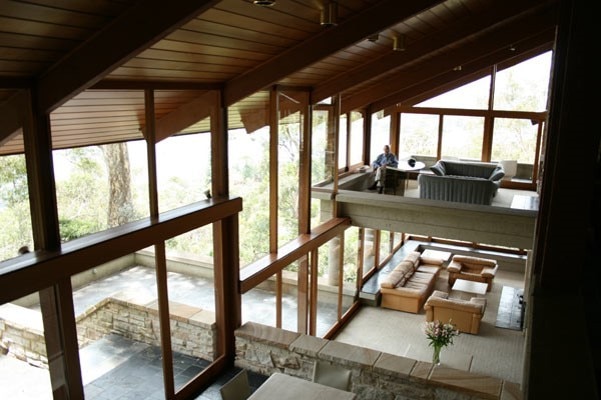
The excellence of this circumscribed Australian architectural experience is constituted by its “ecological” value, as we would say today. This for the coherent principles of control of the natural climate through the construction elements and for the respect and reflection on the environment. These were in fact called of “invisible houses” precisely because they are literally immersed in the bush.
The Sydney School is part of that universe of sporadic episodes that in the Modern Movement context, and with different influences but similar visions that we would call sustainable today, flourished in some parts of the western world and that Manfredo Tafuri used to call “micro-stories”. This current certainly determined a local follow-up, well identifiable in the suburban area of Sydney. The architectural elements listed above, and sometimes even used we would say in a mannerism way, appear here and there, attracting attention when wandering in that magnificent “bush” intelligently entropized. Unfortunately these Australian elements (and canons) with their very low impact on the environment, were practically never “exported” to the Old Continent; hence the absolute need to rediscover a lost “micro-history”, fundamental in the historiographical context of the global Modern Movement.


